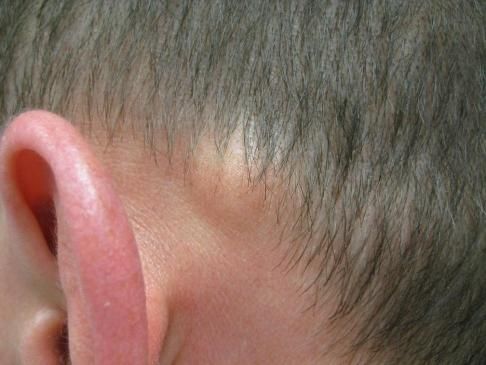Introduction
A lipoma is a slow-growing, benign (non-cancerous) tumor made up of fat cells. Lipomas are typically found just below the skin, but they can sometimes occur deeper in the body, such as in muscles or internal organs. While they are technically tumors, they are not harmful and do not spread to other parts of the body.

Lipomas are quite common, affecting about 1% of the population. They can occur at any age but are most prevalent in middle age. While the exact cause of lipomas is unknown, they tend to run in families, suggesting a genetic component. Factors such as obesity, diabetes, and high cholesterol may also play a role in their development.
Symptoms and Types of Lipomas
Lipomas typically present as soft, movable lumps beneath the skin. They are usually painless unless they press on nearby nerves. The size can vary greatly, ranging from the size of a pea to several inches in diameter.
There are various types of lipomas, including: * Superficial subcutaneous lipomas: These are the most common type, appearing just beneath the skin. * Deep lipomas: These occur deeper within the body, such as in muscles or internal organs. * Angiolipomas: These contain a significant number of blood vessels. * Myelolipomas: These contain fat cells and tissue that normally produces blood cells.
Treatment for Lipomas
Most lipomas do not require treatment as they are harmless and often don't cause any discomfort. However, if a lipoma is causing pain, affecting movement, or is cosmetically concerning, treatment options are available. The most common treatment is surgical removal, which is a relatively simple procedure. Liposuction, which involves removing the fatty tissue with a needle, is another option.
It is important to consult with a healthcare professional for any unusual lump or growth. While lipomas are generally benign, other conditions may present similarly and require different treatment approaches.

.jpg)